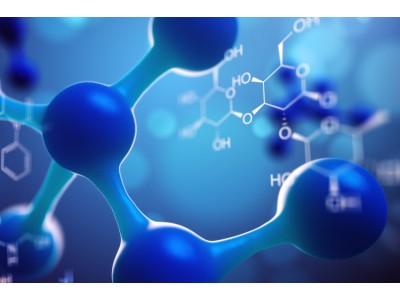| Bioactivity | Chlorisondamine (diiodide) is a potent nicotinic acetylcholine receptor (nAChR) antagonist and a ganglion blocker. Chlorisondamine antagonizes some of nicotine's central actions in a potent, long-lasting and pharmacologically selective way[1]. |
| Target | nAChR |
| In Vivo | Chlorisondamine (0.2, 1.0, 5.0 μg; IV; single dosage) antagonizes the depressant action of nicotine on vertical activity (0-20min) in a dose-dependent way at 1 and 2 weeks[1]. Animal Model: |
| Name | Chlorisondamine diiodide |
| CAS | 96750-66-2 |
| Formula | C14H20Cl4I2N2 |
| Molar Mass | 611.94 |
| Transport | Room temperature in continental US; may vary elsewhere. |
| Storage | Please store the product under the recommended conditions in the Certificate of Analysis. |
| Reference | [1]. Clarke PB. Chronic central nicotinic blockade after a single administration of the bisquaternary ganglion-blocking drug chlorisondamine. Br J Pharmacol. 1984;83(2):527-535. doi:10.1111/j.1476-5381.1984.tb16517.x [2]. Clarke PB, et al. The pharmacology of the nicotinic antagonist, chlorisondamine, investigated in rat brain and autonomic ganglion. Br J Pharmacol. 1994 Feb;111(2):397-405. [3]. Clarke PB. Chronic central nicotinic blockade after a single administration of the bisquaternary ganglion-blocking drug chlorisondamine. Br J Pharmacol. 1984;83(2):527-535. doi:10.1111/j.1476-5381.1984.tb16517.x |

Chlorisondamine diiodide
CAS: 96750-66-2 F: C14H20Cl4I2N2 W: 611.94
Chlorisondamine (diiodide) is a potent nicotinic acetylcholine receptor (nAChR) antagonist and a ganglion blocker. Chlor
Sales Email:peptidedb@qq.com
This product is for research use only, not for human use. We do not sell to patients.